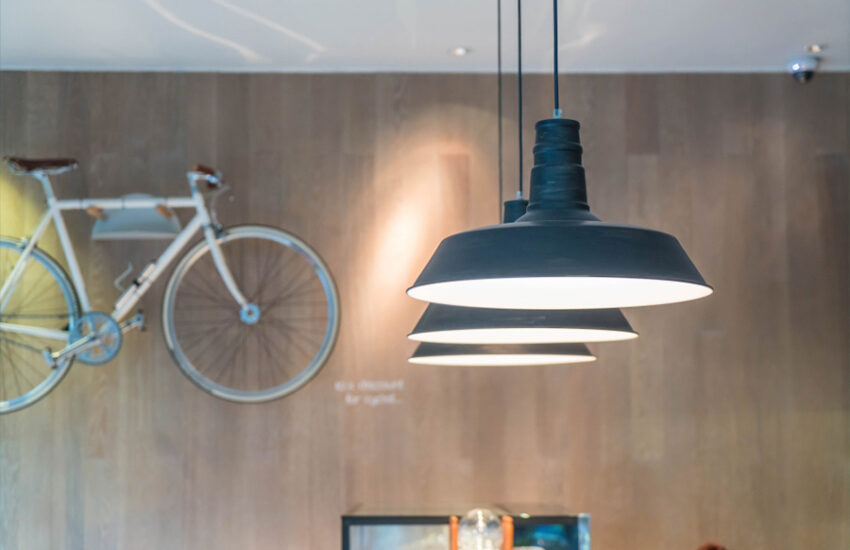Fencing is a crucial part of any property, whether residential or commercial. It serves multiple purposes—security, privacy, aesthetic appeal, and boundary marking. However, installing a fence may seem like a straightforward task, but it’s a complex process that requires careful planning and execution. Many property owners make mistakes that lead to unnecessary costs, compromised security, and even legal issues.
In this article, we’ll discuss the common mistakes people make when installing fences and offer expert tips to avoid them. Whether you’re working with a fencing contractor or considering a DIY project, knowing what to avoid will save time, money, and headaches. Let’s dive into the top fence installation mistakes and how to avoid them.
1. Choosing the Wrong Type of Fence
One of the most common mistakes is selecting the wrong type of fence for your property’s needs. Many people focus solely on aesthetics and overlook functionality. For instance, a wooden fence may look appealing, but it may not be the best choice for a high-security requirement. On the other hand, a chain-link fence provides excellent security but may not offer the level of privacy some homeowners desire.
Expert Tip: Before selecting a fence, consider your main objective. Do you need a fence for security, privacy, or aesthetic purposes? Discuss your needs with a local fencing Leeds expert who can guide you in choosing the right material and design for your property.
2. Ignoring Local Regulations
In the UK, particularly in cities like Leeds, local councils often have regulations concerning fence height, design, and even materials. Ignoring these regulations can lead to fines or the requirement to dismantle and rebuild your fence.
Expert Tip: Always check with your local council about regulations concerning fencing Leeds properties. If you’re working with a contractor, ensure they are familiar with local laws to avoid any legal complications. For example, certain areas may have restrictions on fence heights or require planning permission for specific designs.
3. Poor Planning of Property Boundaries
Installing a fence on the wrong side of the property boundary is a costly mistake. Not only can this lead to disputes with neighbours, but you may also be forced to tear down the fence and rebuild it in the correct location.
Expert Tip: Always get a proper survey done before installing a fence. This ensures that you know the exact boundaries of your property. If you’re unsure, consult with Leeds fencing professionals who can help you with property boundary planning and prevent costly disputes.
4. Using Low-Quality Materials
Cutting corners by opting for cheaper materials may seem like a good idea upfront, but it often leads to higher maintenance costs and shorter fence lifespan. Poor-quality wood may rot quickly, and cheap metal fencing can rust or become unstable over time.
Expert Tip: Invest in high-quality materials that are suitable for the specific conditions of your property. For example, if you live in a rainy area, consider treated wood or rust-resistant metal. Fencing Leeds professionals can provide advice on the best materials suited for the local climate, ensuring that your fence will last longer and require less maintenance.
5. Incorrect Post Installation
Fence posts are the backbone of your fencing structure, and improper installation can lead to leaning or even collapsing fences. One of the biggest mistakes is not digging the posts deep enough into the ground, or failing to use the right amount of concrete for securing them.
Expert Tip: Ensure that the fence posts are buried at least one-third of their length in the ground, and use enough concrete to stabilise them. For areas prone to strong winds or soft soil, you may need to go even deeper. A professional Leeds fencing contractor will ensure that the posts are installed correctly to prevent future issues.
6. Neglecting the Slope of the Land
Another common oversight is not taking the slope of the land into account. Fencing that runs in a straight line without adjusting for changes in elevation can result in gaps at the bottom or top of the fence, reducing security and privacy.
Expert Tip: If your property is on a slope, opt for either a stepped fence design or a contoured fence that follows the natural curvature of the land. This will help maintain an even gap and ensure that the fence looks neat and serves its purpose effectively. Experienced Leeds fencing installers will be familiar with these techniques and can help you plan accordingly.
7. Not Considering Maintenance
Every type of fence requires some level of maintenance, but many people fail to consider this when selecting their materials. Wooden fences, for example, may need regular staining or painting to prevent rot, while metal fences may require periodic rust treatment.
Expert Tip: Choose a fence material that fits your lifestyle and willingness to maintain it. If you’re looking for something low-maintenance, vinyl or composite fences might be a better option than wood. Discuss maintenance requirements with fencing Leeds professionals to choose the most practical option for your needs.
8. Failing to Account for Soil Type
Soil type plays a significant role in fence stability. Sandy or loose soil may not provide the same level of support as denser clay soils, and failing to account for this can lead to unstable fences that lean or collapse over time.
Expert Tip: Before starting your fence installation, evaluate the type of soil on your property. In some cases, you may need to use longer posts or more concrete to ensure the fence remains stable. A knowledgeable Leeds fencing contractor will be able to assess the soil and make the necessary adjustments.
9. Incorrect Placement of Gates
A fence without properly placed gates can cause inconvenience and reduce the overall functionality of your property. Common mistakes include placing gates in hard-to-reach areas or not making them wide enough for easy access.
Expert Tip: Think about how you’ll use your gates. If you have a driveway, ensure the gate is wide enough for vehicles. If it’s for pedestrian access, ensure it’s in a convenient location. Always consult with your fencing Leeds provider to design gates that match your property’s needs and aesthetic. See 5 Benefits of Installing a Privacy Fence.
10. Skipping Professional Help
Installing a fence may seem like a great DIY project, but it’s easy to make mistakes if you don’t have the proper experience. Poor installation can lead to uneven lines, unstable posts, and other issues that will cost more to fix in the long run.
Expert Tip: While some DIY enthusiasts can handle small fencing projects, larger or more complex installations should be left to the professionals. Hiring a Leeds fencing expert ensures that the job is done correctly the first time, saving you time and money.
Fence installation is a significant investment, and it’s essential to get it right the first time. From choosing the right materials to ensuring proper post installation and accounting for local regulations, avoiding these common mistakes can make all the difference. Whether you’re planning a DIY project or hiring a professional contractor, the tips above will help you avoid costly errors and ensure a long-lasting, high-quality fence.
If you’re looking for expert advice and installation services, contact fencing Leeds professionals like Care Fencing, who can guide you through the process and ensure that your fence not only looks great but stands the test of time.






